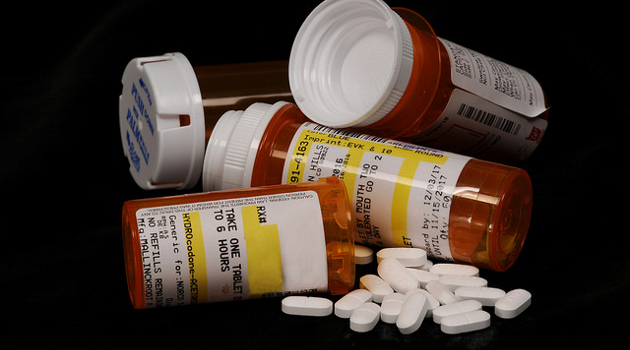Originally published by RealClearHealth on January 16, 2024.
Americans care deeply about out-of-control healthcare costs. Eight in ten voters say healthcare affordability is a very important issue to them. Americans want real solutions to this problem, but the drivers of high healthcare costs are frequently misunderstood. Instead of blaming subsidies for Big Pharma and other governments distortions, misguided individuals attack the wrong target.
Angela Dingle, the acting president of Women Impacting Public Policy, recently published an op-ed exemplifying this misdirected blame. In the piece, she claimed pharmacy benefit managers (PBMs) are responsible for high drug costs. This take is fundamentally wrong.
PBMs are third-party entities that negotiate with drug manufacturers on behalf of health insurers. Their goal is to get the best price on prescription drugs for healthcare consumers. Drug manufacturers don’t like PBMs because they cut into the industry’s profits. The drug giants would understandably prefer that they set prices without a need for any negotiations to take place. Like most businesses, they wish to operate outside of the constraints of market forces and will gladly solicit the help of politicians to do so.
Nevertheless, Dingle believes the PBMs are the problem because of “administrative fees” they charge, though she doesn’t provide any data to show businesses are upset with PBMs. In fact, there is high satisfaction among companies that deal with PBMs. 89 percent of employers that work with PBMs say they help get better benefits for their employees. 97 percent of those who contract directly with PBMs are satisfied with their services, and 89 percent of employers describe their interactions with PBMs as “transparent.”
If PBMs are such an onerous burden on small businesses, then why are employers so happy with them — and why do they continue to use them when they could stop at any time, at no cost to them or their employees? The only aggrieved party here are the drug makers.
The narrative that PBMs are to blame for high drug costs doesn’t stand up to any real scrutiny. For starters, 90 percent of drug spending flows to drug manufacturers and pharmacies, while only 6 percent goes to PBMs.
Just three companies control over 90 percent of the drug distribution market. Small businesses sponsoring plans for their employees would have little ability on their own to negotiate with them for lower drug prices. PBMs allow for a more level playing field.
Studies show that PBMs significantly lower the price of drugs. The U.S. Government Accountability reports that PBMs obtained from pharmacies an average brand name drug price that was about 18 percent below that paid by customers without coverage. A 2022 study from the National Bureau of Economic Research found that PBMs save healthcare recipients $148 billion per year.
Big Pharma’s chief interest is securing as big of a profit as possible. That’s all well and good so long as they operate within the competitive market. But drug makers benefit from a host of special handouts, the most significant of which is a patent system easily exploited through a variety of techniques to keep generics and competitors at bay. With PBMs providing one of the few remaining competitive mechanisms in a heavily regulated market, efforts to punish them only serve to ensure that drug makers can truly set whatever prices they want.
A lone small business battling against the drug giants would struggle to achieve similar savings on their own. PBMs allow them to focus their time on more productive activity while still delivering the best benefits to their employees. Lawmakers should remember that as they consider legislation to tackle out-of-control healthcare costs.
The problem lies with a market distorted through heavy government intervention, often at the behest of Big Pharma, not the entities that force them to lower drug costs.
———
Image credit: K-State Research and Extension | CC BY 2.0.

